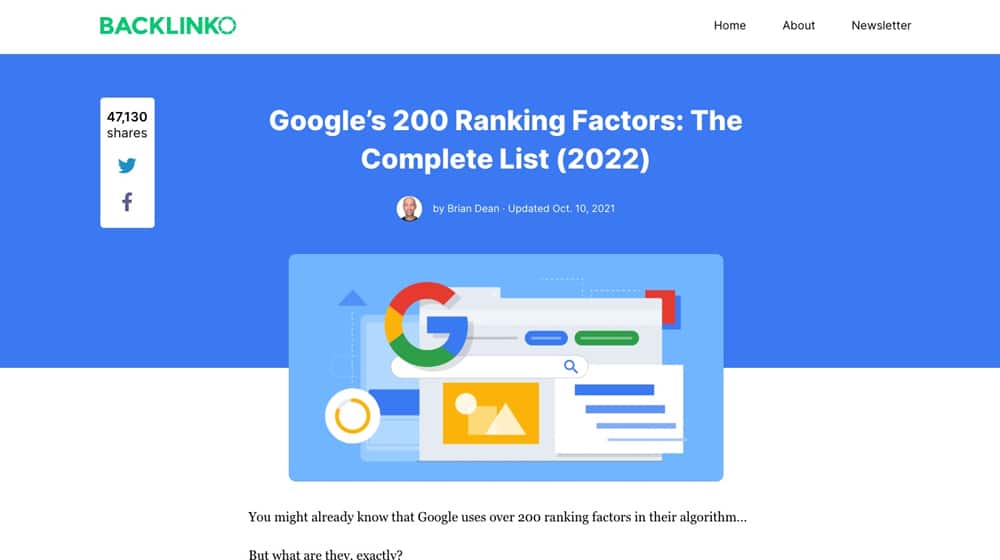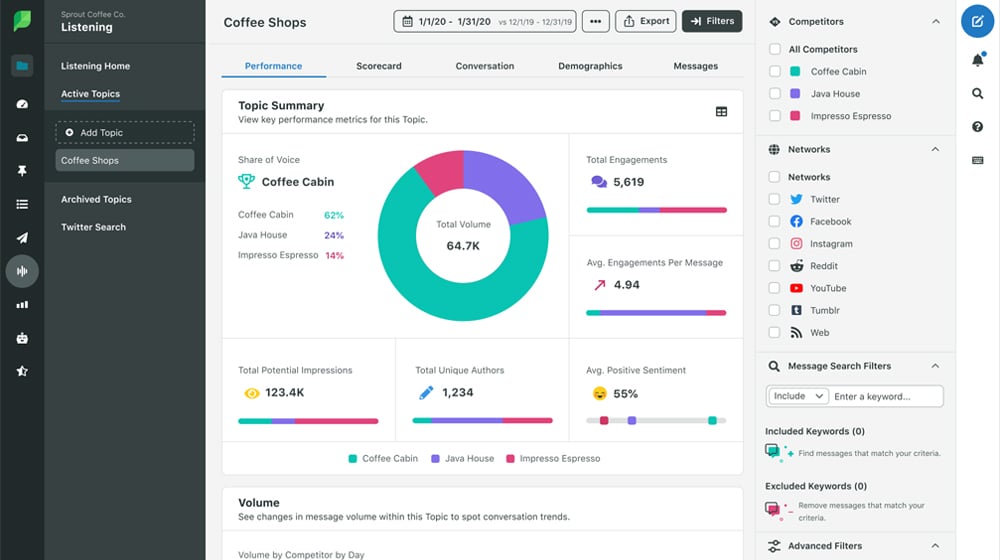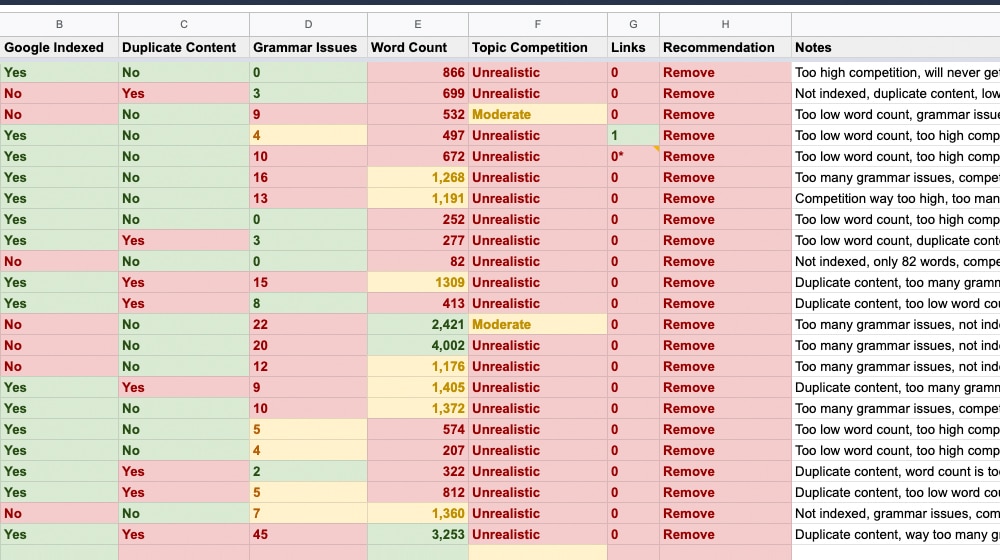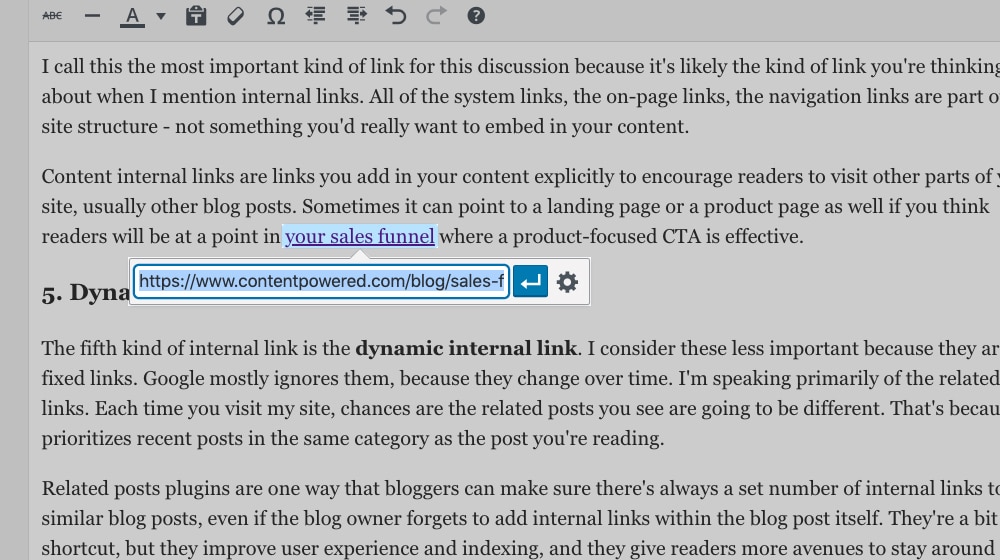Content Clusters: What Are Content Clusters and Do They Work?

Do you ever encounter a topic in your field of expertise that you've never run into before, and somehow, a ton of people call it the next big thing? That's about how I'm feeling right now.
In this case, the topic that I've run into is Content Clusters, and the people calling it "the next big thing" were doing so five years ago, and yet I'd never run into the term before.
Before you write it off, let's dig into what it means.
Content Clusters? Topic Clusters? Which Is Which?
First, I've noticed that the terms Topic Clusters and Content Clusters have been used in this context.
Content/Topic Clusters are groups of content based around a central topic.

Simple, right?
What Do Content Clusters Look Like?
Content clusters are a navigational and organizational structure.
That means, from the outside looking in, they don't necessarily stand out or look different than any other blog. However, I've found two different theories of content clustering as I've researched this post.

I'm calling them the Content approach and the Navigation approach.
- The navigational approach seems to be a "basic" form of content clustering, where content on a site is sorted and arranged by topic. Instead of just having your site as a whole, your blog as a whole, and then a big pile of unsorted content, you have your content broken down into silos or pillars. This content strategy is similar to mine, and I use categories to do it; if you click on something like my PPC tag, you can see all of my PPC content.
- The more intense method of content clustering is a content approach. In a content approach, you create one central "ultimate guide" to a topic and include many internal links to other subjects related to the main issue.
Here are a couple of examples:
- HubSpot's Ultimate Guide to SEO. This article is one massive post about SEO, with many links to related topics spun off from the core topic (your pillar content).
- My Content Curation Guide. I wanted to make an extensive guide on the topic, so I went all-in on it and wrote a detailed guide to everything you need to know, with plenty of related links.
In my case, I didn't start with the pillar; I started by realizing I had written some content around the central topic but didn't have anything to tie it all together.
So, wait. Isn't this just the Pillar Content SEO strategy?
You may also consider it the same structure as creating microsites to funnel organic traffic to your main site. The difference here is that content clustering is all on your site and doesn't use other domains as a source of traffic. Microsites have many issues and can backfire; content clustering can't.
Does Content Clustering Work?
Yeah, of course!
Google is a semantic search engine these days. Their algorithm does a ton of analysis of the topics of the content you publish and how it's interlinked with other content.

You know how, when we talk about backlinks, we talk about how the links are more valuable when they're more relevant? Two different links from two sites with the same Domain Rating will nevertheless have different levels of value to your site when one is pertinent to your topic and the other isn't.
This phenomenon is essential for your site because Google wants to know what kinds of topics you cover as an authority. If you publish single, individual posts about a wide range of issues, you need to go into a greater breadth of relevant content, like an eHow-style site, to rank well. Conversely, a T-shaped site (with a broad range of surface-level content and a few deep posts on specific topics) makes you an authority in that space.
What Are the Benefits of Content Clusters?
The content/topic cluster model has a few benefits over the usual "just write about anything and publish it" method that many people use.
1. First, your pillar pages can increase your users' time on the site. Lengthier and more in-depth content takes more time to consume. Now, I know that's a tall order in this world of split-second attention spans, but the truth is, you don't care about the people who aren't sticking around. The people you want to attract are the people who are deeply interested in the topic and want to read an in-depth guide. Providing that guide helps hook them and build a reputation as an authority.

2. Second, an emphasis on internal links helps reduce your bounce rate. One of the most significant issues with blogging is bounce rates. Google needs two events to measure the time between them, so if someone lands on your site, reads a post, loves it, but leaves without doing anything else, that's a bounce in your metrics. There are many ways to minimize this, but one of the best is using plenty of attractive internal links for people to click. Pillar content is exceptional for providing a great user experience and keeping readers on your site.
3. Third, central resource pages are high-quality link magnets. Ultimate, evergreen guides are excellent for gathering backlinks over time; for example, the SEO guide from HubSpot above and the oh-so-famous Backlinko guide to Search Ranking Factors. Think about some of the evergreen content you often link to in your articles; you might discover that it is pillar content from those sites.

4. Fourth, these pages are easy to grow over time. Topics expand and evolve, and so does your understanding of them. When you create a pillar post, you can slowly add to that post over time. You can change sections to reflect changes made in the industry. You can change areas reflecting your new understanding when you learn more advanced information. You can create more high quality content to enhance the pillar further. It's not a create-publish-forget blogging style; it's a living document you keep up to date.
5. Finally, Google empirically loves sites with more internal links. There's a direct correlation between higher numbers of internal links and better Google search results. Now, I'm sure some of that is simple volume; the more web pages you have, the more topics you cover, the more links you can have, and the more your site grows. But some of it is only explained by internal links having value.

Let's dig into how you can use them now that we know how content clusters help.
How to Get Started with Topic Clusters
If you want to use content clustering as a digital marketing strategy, it's pretty easy to start. You're probably most of the way there already, assuming you've put some time and thought into your blog in the first place.
One important note before we begin is that you need to decide how rigorous you want to implement your implementation. The way I see it, you can use three "tiers" of content clustering.
- Tier 1: You have a blog organized by categories, with liberal interlinking and the occasional pillar post. This practice is what I do (for now), and it is perfectly acceptable but perhaps not as optimized as it could be.
- Tier 2: You focus more heavily on the pillar-and-web format. You rigorously create central content pillars and fringe content that associates with those pillars and only those pillars. You have many internal links within those networks, but you don't cross-link your posts. You also don't create SEO content if it doesn't fit into one of your pillars, or you can create a new pillar to grow.
- Tier 3: You go whole-hog and divide your entire site into pillars. This technique is what HubSpot has done when you look at their blog index and see Inbound Marketing/Sales/Service blogs independently on their site. I consider this a little extreme unless you have dozens of writers working for you and can keep each of these blogs constantly updated, but once you're on HubSpot's tier, you can pull it off.
Tier 2 here is probably the sweet spot, and I'm considering doing some shuffling and restructuring to see if I can swing it. We'll see! If you're reading this in the future and my site is organized around central topic pillars, you'll know I pulled it off.
Now, let's look at the actual process for creating content cluster pages.
1. Decide on Pillar Topics
The first thing to do is decide on the topics you want to cover with your pillar content. This process goes back to your keyword research, mainly to the titles you discard as being too broad/general. For example, I might choose "Content Marketing" as a pillar topic. There's no way a simple article on the topic would rank in the SERPs, given the competition. But, if I create a pillar post that's 5,000 words long and 50 supplemental posts that all cover sub-topics to feed value into the pillar, it has a much greater chance, especially over time. It's all glued together, allowing readers to drill deeper into subtopics.

I will not create 50 content marketing posts and publish the whole mess simultaneously. Instead, you publish the pillar and grow it over time; this, like most search engine optimization methods, is a long-term content marketing strategy.
2. Brainstorm Supporting Topics
Once you have your pillar topic decided, you start brainstorming your content ideas. Again, this goes back to keyword research. You start with your specific keywords, then spin it off into sub-topics, then spin off each of those into sub-topics. I like to use a snowflake method to brainstorm ideas as it is, so this is a natural fit.

For example, if Content Marketing is my main topic, I might make Content Creation a sub-topic. Then, I can come up with specific sub-topics worth writing about, like, "How to Optimize Titles", "How Long Posts Should Be", and so on. Each of these ends up a regular post that you link to (and from) the relevant section of the central pillar post.
To be clear here, Content Creation would be a sub-section of the pillar, and all of the sub-topics are mentioned in that section and have their content written about them.
3. Audit and Sort Existing Content
Unless you're doing all of this to start a new blog with a bang, you probably have a wealth of content you've already created. So, do a content audit and sort your existing content. Figure out what pillar it would attach to and what sub-topics it covers.

The chances are that a good portion of the sub-topics you brainstorm have already been covered, and you're off to a good start.
4. Create and Optimize Pillar Posts
Now it's time to create your pillars. Start by creating larger-than-normal in-depth guides. Make sure to include a section for each significant sub-topic and sub-sections for each sub-sub-topic. Ideally, creating this document will be pretty easy because you're generally talking in broad strokes and generalities rather than specifics.

This page is a hub for links as much as it is content in its own right.
5. Create and Interlink Supporting Content
Your pillar should ideally start with a bunch of content already linking back and forth because the rest of your blog has content already on it. So, now you need to get to work filling in the gaps by adding internal links and improving your content. Again, this doesn't need to be done all at once. Each sub-topic you cover is a valuable post in its own right and should get its day in the sun in terms of promotion, link building, and all the rest.

Grow your pillars over time. Keep an eye on them, and when something in your industry changes, make edits and updates as necessary. Eventually, your pillar posts will shine, and your site will grow.
So, is a content cluster strategy worthwhile? I'd say yes, they are, and the reason they aren't prominently known the way other strategies are is that they got renamed as the pillar strategy somewhere along the way. The concepts are still practical to this day.










Comments